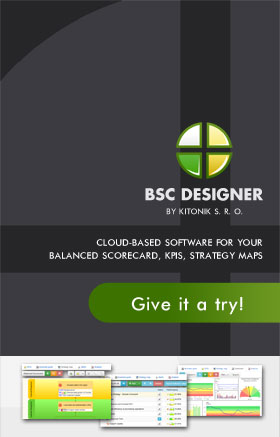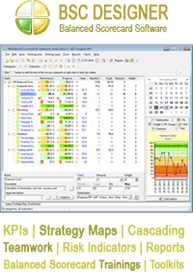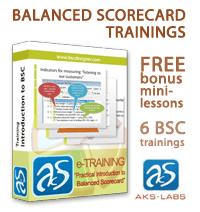Best Practices in Manual Software Testing
Some of the major potential limitations of manual software testing are the following: (1) it is costly in addition to being slow, (2) it does not scale well, (3) it is not repeatable and consistent, (4) lack of training negatively impacts manual tests, and (5) it is hard to manage.
One best practice is to be systematic and meticulous in designing and documenting tests. There should be concurrence among the project and product developers, managers, testers, and business staff on test coverage. One can document this as requirements in a test plan. As a result, management is enabled to have control of the coverage of the test and is ensured that the correct areas are tested. This becomes a vital management tool when managing software testing, peer-review test cases, and test requirements, similar to the review of software designs. The staff involved in software development as well as the test staff must cooperate in developing the test designs, since they have matching knowledge bases and skill sets.
Like many other processes, there are many factors that affect the effectiveness of manual testing. These include documentation thoroughness and test case completeness. Your goal is to optimize the management’s comprehension of the manual testing by allocating the proper resources in every area, of course, considering the overall resource limitations. If you fail to document the tests, then expect that you will have a poor understanding of the coverage of the test or the quality of the software as shown by the tests. In addition, there is no way that you will determine that the testers are testing features considered as the most important to the customers and the development team. However, documenting everything associated with every test case, expect that you cannot perform many tests as you should. What’s more, documenting everything will be very costly.
You should manage test activities very well. Make sure that you have sufficient resources for your project. Also, make sure that you have sufficient time allotted to testing to avoid further hassle. Furthermore, you need to rank cases in terms of importance, risk, frequency of the usage of the feature tested, impact on quality, and other related metrics. One of the major goals is to run all essential test cases. When you encounter resource pitfalls that hinder the running of test cases, the ranking will allow all the crucial test cases to run. In manual testing, testers always have problems with time. A signoff or an agreement procedure on test coverage and ranking is highly recommended.
You should invest on testing by allocating sufficient budget to it, and ensure it is funded well. Monitor the cost of testing and watch the return on investment.
You can always go for automation testing if it is time-efficient and cost-effective. One of the major benefits of automation is the ease of testing, as it is not burdensome. Automation also makes testing much easier to manage.
To summarize, the following are the best practice recommendations for manual software testing to be successful: be systematic in designing and documenting tests, automate turnkey tests, manage tests well, rank test cases, and invest on testing.
—
If you are interested in Manual Software Testing, check this web-site to learn more about manual tool testing.


